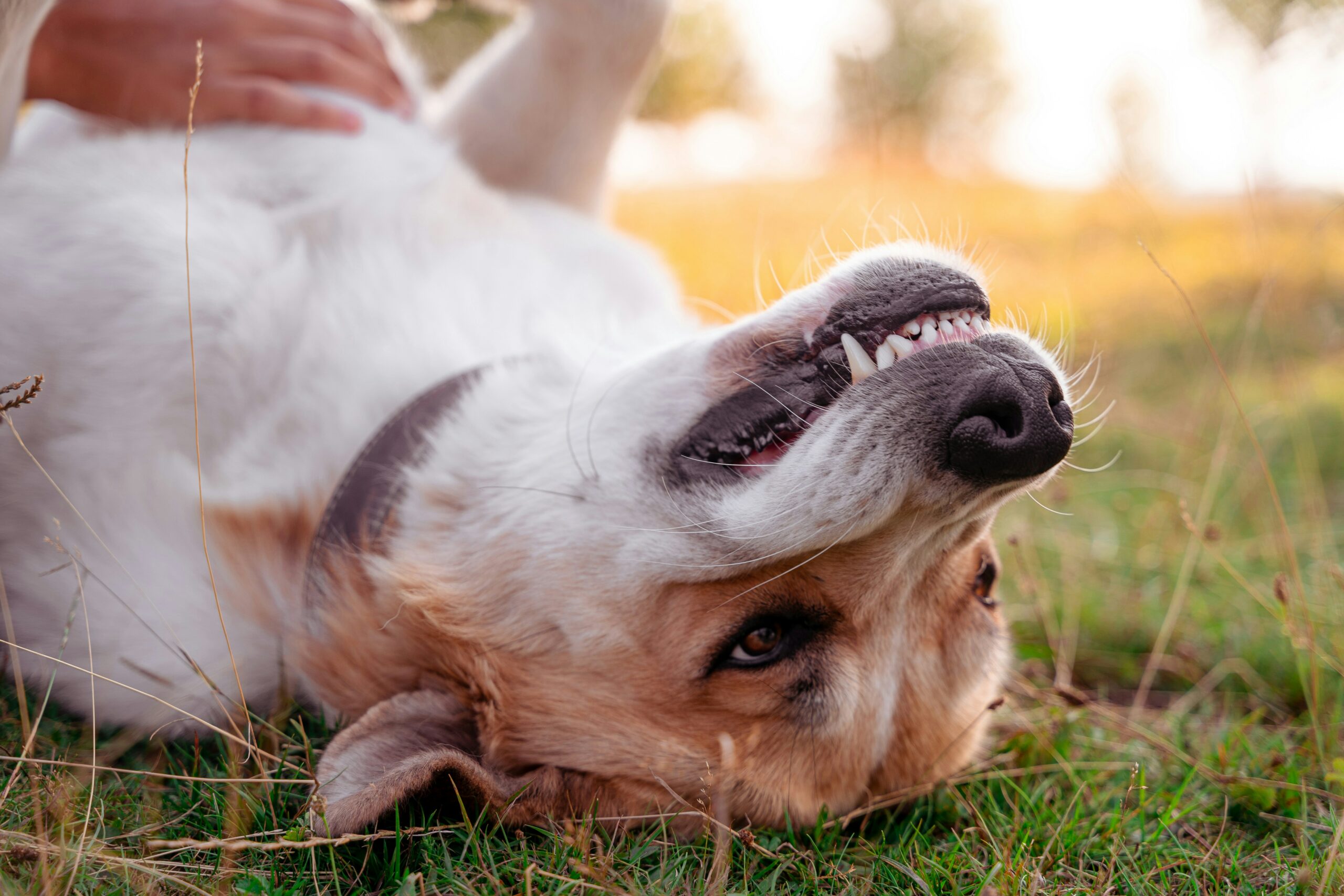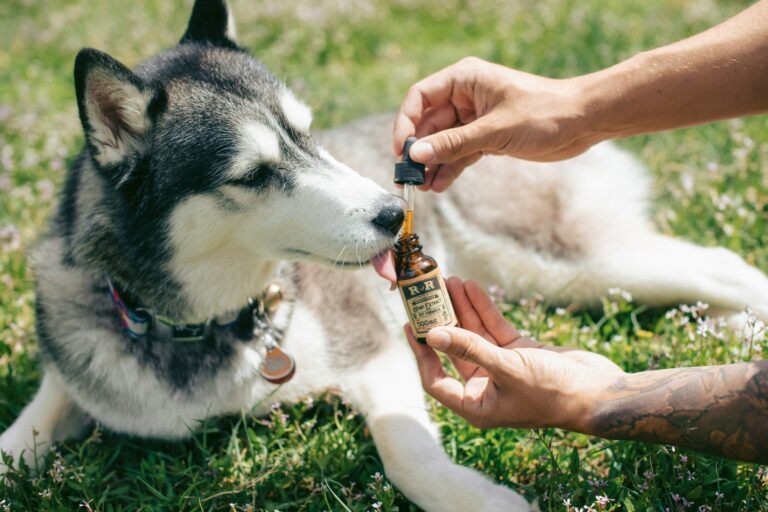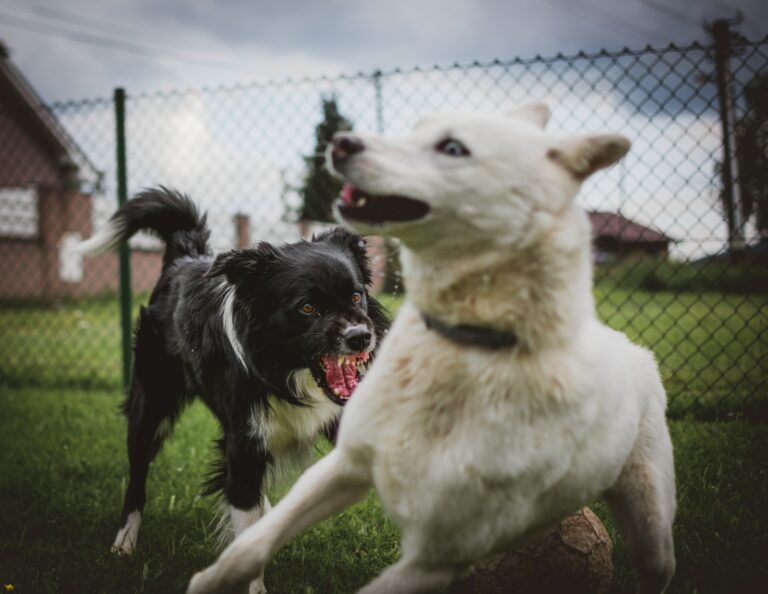Understanding Your Canine Companions Smiles
Understanding Your Canine Companions Smiles
Dog smiles and understanding your canine companions expressions. Learn about the different types of dog smiles, understanding your canines expressions, how to interpret their meanings accurately, and tips for interacting with a smiling dog.
Introduction to Dog “Smiles”
A dog’s smile is a unique non-verbal communication method that plays a significant role in their interaction with humans. While some may perceive a dog’s smile as a universal sign of happiness, it’s essential to delve deeper into the context and individual variations. Dogs possess the ability to convey a range of emotions through their smiles, from pure delight to subtle discomfort. For instance, a dog’s smile can be an expression of contentment when receiving belly rubs from their favorite human. It could also indicate a moment of stress during a visit to the veterinarian.
Moreover, the way dogs use smiles to communicate can vary based on their personalities and past experiences. Some dogs may have learned to smile from imitating human behaviors, showcasing their adaptability and social skills. By recognizing these nuances and appreciating the multifaceted nature of dog smiles, we can strengthen our bond with our canine companions. This will ensure a deeper level of understanding and communication between species.
Types of Dog Smiles
When it comes to dog smiles, there are various types that convey different emotions and intentions. One such smile is the “submissive grin,” where a dog raises its lip and exposes its incisors. This expression is often misunderstood as a sign of aggression. It actually indicates the dog’s willingness to submit or show deference to a perceived authority figure. When a dog greets its owner with a submissive grin, it may be a display of respect and recognition of the owner’s leadership.
Conversely, the “happy grin” is a more familiar expression of joy and affection in dogs. This type of smile is characterized by a relaxed body posture, slightly lifted corners of the mouth, and sometimes a gentle pant. For example, when a dog is playing with its favorite toy or enjoying a belly rub, it may exhibit a happy grin to communicate its contentment and satisfaction. Moreover, dogs can also learn to smile from their interactions with humans, reflecting their social nature and ability to bond with their human companions.
These different types of smiles in dogs showcase the complexity of their emotions and communication methods. Understanding these variations in dog smiles can help pet owners interpret their furry friends’ feelings. Strengthen the bond between them.
 Understanding Dog Body Language when Smiling
Understanding Dog Body Language when Smiling
Interpreting a dog’s smile involves more than just observing their facial expression. A wagging tail, friendly demeanor, and a relaxed body posture are all crucial indicators of a happy dog. For instance, a dog with a loose, wiggly body and soft eyes is likely expressing joy and contentment, while avoiding eye contact and maintaining a neutral face can help create a comfortable interaction. Understanding these subtle cues can aid in fostering a strong and positive relationship between humans and their furry friends.
Moreover, the role of eye contact in dog communication cannot be overlooked. Dogs are known to be highly responsive to eye contact. Reciprocating a smile with direct eye contact can enhance the bond between a dog and its owner. By acknowledging the significance of body language alongside facial expressions, individuals can establish clearer and more effective means of communication. This comprehensive understanding of dog behavior when smiling can lead to more meaningful interactions and a deeper connection between dogs and their human counterparts.
Reasons for Dog Smiling
Dogs can exhibit smiles for a multitude of reasons beyond just feeling happy, calm, or displaying submission. For instance, a dog may smile when seeking attention, feeling excited, nervous, or even guilty for a mischievous act. Understanding these varied triggers behind a dog’s smile is crucial for pet owners to comprehend the emotional state of their canine companions. This complexity in a dog’s expression highlights the nuanced ways in which they communicate with humans, emphasizing the need for a deeper understanding of their behaviors and body language cues.
Moreover, dogs are known to be more expressive when making eye contact and may even mimic human smiles to enhance communication. This behavior indicates the social intelligence of dogs and their ability to adapt their expressions to interact effectively with humans. By recognizing these additional layers of meaning behind a dog’s smile, individuals can foster stronger connections with their pets and create a more enriching and fulfilling relationship based on mutual understanding and emotional reciprocity.
Misconceptions about Dog Smiles
Despite common misconceptions, a dog’s smile doesn’t always equate to happiness. Dogs may exhibit smiles in various situations, including stress, fear, or aggression, rather than solely expressing joy. For instance, a dog might display a smile during a stressful visit to the veterinarian, which could be misunderstood as a positive reaction. Therefore, interpreting a dog’s smile requires a comprehensive analysis of the context and the dog’s overall body language cues to determine the underlying emotions accurately.
Moreover, the misconception that teeth showing in a dog’s smile always indicate aggression can lead to misunderstandings. For instance, some breeds naturally show more teeth even when they are content, such as Malamutes. Understanding these breed-specific traits can help in differentiating between a happy smile and a potentially aggressive display. This highlights the importance of considering individual differences and specific breed characteristics when interpreting a dog’s smile. This helps avoid misinterpretations and ensure effective communication with our canine companions.
Tips for Interacting with a Smiling Dog
When engaging with a smiling dog, it is crucial to understand the key body language cues that can help differentiate between a happy smile and a stressed one. The trainers at Off Leash K9 Training 30A can definitely help to differentiate your dogs body language and the reason behind their smile. In addition to recognizing signs of a happy dog like a relaxed facial expression and a wiggly body, it is essential to pay attention to subtle variations in the dog’s behavior. For instance, a stressed smile may be accompanied by tension in the body, dilated pupils, or a lack of tail wagging, indicating discomfort or anxiety.
Furthermore, it is recommended to approach a smiling dog with caution and respect for their boundaries. Avoid direct eye contact. Some dogs may perceive it as a challenge or a threat, leading to a defensive response. Instead, maintain a neutral facial expression and allow the dog to initiate contact if they feel comfortable. By being mindful of the dog’s cues and responding appropriately, individuals can create a safe and positive interaction. This promotes trust and mutual understanding between humans and their furry companions.



 Understanding Dog Body Language when Smiling
Understanding Dog Body Language when Smiling






